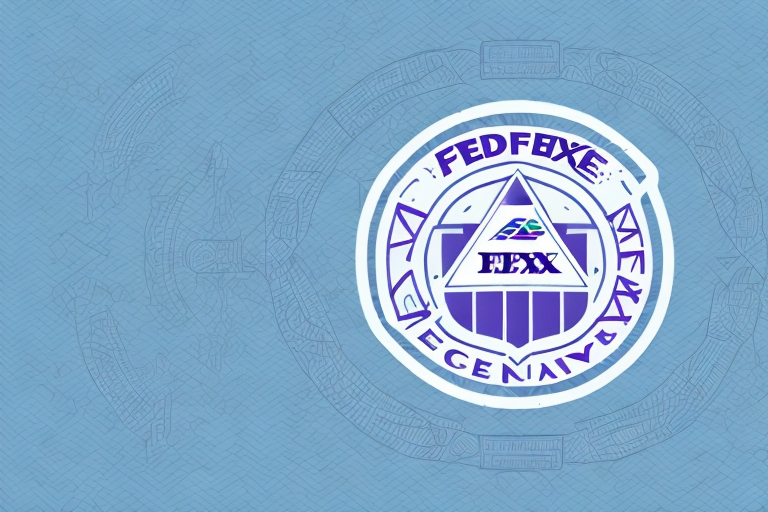How Much Does USPS Charge for Insurance? A Comprehensive Guide
If you are sending a valuable package through USPS, it’s essential to ensure that it’s covered by insurance. This guide will help you understand everything you need to know about USPS insurance rates, coverage limits, and how to file a claim.
Understanding USPS Insurance
Overview of USPS Insurance
USPS offers insurance for both domestic and international packages with a maximum value of $5,000. The insurance cost is based on the package value, and in most cases, it’s less costly than other major shipping carriers.
Coverage Limits
In addition to paid insurance, USPS provides free insurance for certain services, such as Priority Mail Express and Priority Mail, up to specific values. For example, Priority Mail Express includes insurance up to $100, while Priority Mail includes up to $50. It’s crucial to understand that USPS insurance covers the actual value of the item being shipped, not any sentimental or emotional value. Proper packaging and labeling are recommended to ensure items arrive safely and securely.
Eligible and Ineligible Items
Most items are eligible for USPS insurance, including jewelry, electronics, and collectibles. However, certain items such as live animals, hazardous materials, and perishable goods are excluded. Always check the USPS Prohibited Items list before shipping to confirm eligibility.
USPS Insurance Rates and Comparison
Insurance Rates
USPS insurance rates are competitive compared to other carriers like FedEx and UPS. For example:
- Insurance starting at $50: $2.75
- Up to $100: $3.50
- Up to $200: $4.60
- Up to $300: $5.50
- Above $300: $5.50 plus 1% of the item's value
Rates may vary based on the package type and destination. It's advisable to check the latest rates on the USPS official website.
Comparison with Other Carriers
When compared to FedEx and UPS, USPS often offers more affordable insurance rates for similar coverage levels. According to industry reports, USPS provides a cost-effective solution, especially for smaller packages. For a detailed comparison, refer to reputable sources such as the U.S. Department of Transportation.
Factors Affecting USPS Insurance Rates
The insurance rate for your package may vary due to several factors, including:
- Package Size and Weight: Larger and heavier packages may incur higher insurance costs.
- Declared Value: The higher the declared value, the higher the insurance cost.
- Shipping Service: Different USPS services offer varying levels of included insurance.
- Destination: International shipments may have different rates compared to domestic ones.
Additionally, packaging fragile or high-value items securely can sometimes qualify for premium insurance rates.
Calculating the Cost of USPS Insurance
Calculating USPS insurance costs is straightforward. Insurance is based on the declared value of the package and must be selected at the time of shipping. Most USPS shipping labels allow you to purchase insurance when printing your label, simplifying the process.
Here’s a quick breakdown:
- Declared value up to $50: $2.75
- Declared value up to $100: $3.50
- Declared value up to $200: $4.60
- Declared value up to $300: $5.50
- Declared value above $300: $5.50 plus 1% of the declared value
Make sure to verify the current rates on the USPS Insurance Rates page.
Filing a Claim for USPS Insurance
In the event of a lost, damaged, or stolen package, you’ll need to file a claim with USPS. Here's how:
- Gather Documentation: Collect proof of value, such as receipts or invoices, and evidence of the issue (e.g., photos of damaged items).
- File Online: Claims can be filed through the USPS online portal.
- Visit a Post Office: Alternatively, you can file in person at your local post office.
- Provide Necessary Information: Include tracking numbers, proof of insurance, and detailed descriptions of the contents and the issue.
Claims must typically be filed within 60 days for domestic shipments and within 90 days for international shipments. Completeness and accuracy of the documentation can speed up the approval process.
Preventing Losses and Minimizing Claims
Secure Packaging
Properly packaging your items can significantly reduce the risk of damage during transit. Use sturdy boxes, adequate padding, and ensure that the package is securely sealed.
Accurate Labeling
Double-check the shipping address for accuracy and completeness, including the correct ZIP code. Including a return address is also essential in case the package needs to be returned.
Use Tracking and Signature Confirmation
Opt for tracking services and require a signature upon delivery to monitor your package’s journey and ensure it reaches the intended recipient.
Handling Fragile Items
For fragile or high-value items, consider additional protective measures such as bubble wrap or custom packaging to minimize the risk of damage.
Alternatives to USPS Insurance
Third-Party Insurance Providers
If USPS insurance doesn’t meet your needs, third-party insurance providers offer additional coverage options. Companies like InsureShip specialize in shipping insurance and might provide more extensive coverage for specific items.
Credit Card Purchase Protection
Many credit cards offer purchase protection benefits that cover lost or damaged items during transit. Check with your credit card issuer to understand the coverage details and limitations.
Self-Insurance
For individuals or businesses that frequently ship high-value items, setting aside funds to cover potential losses can be a viable option. This approach requires careful financial planning but provides more control over the claims process.
Conclusion
USPS insurance offers an affordable and convenient way to protect your valuable packages during transit. Understanding insurance rates, coverage limits, and the claims process is essential for ensuring the safe delivery of your items. Proper packaging, accurate labeling, and utilizing tracking services can further minimize the risk of losses and the need for insurance claims. For more detailed information, always refer to the USPS official website.






















